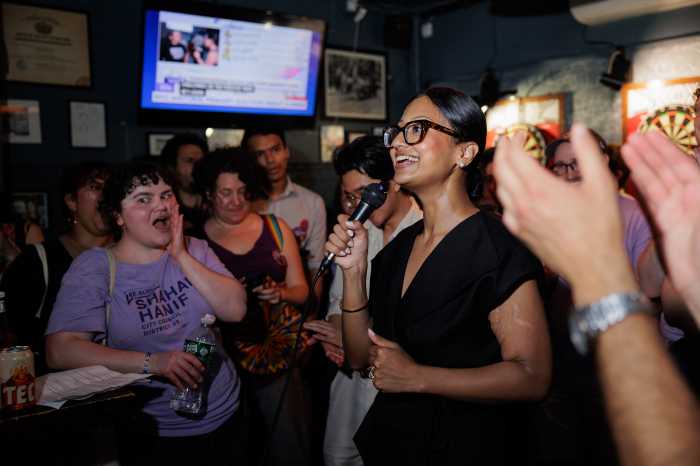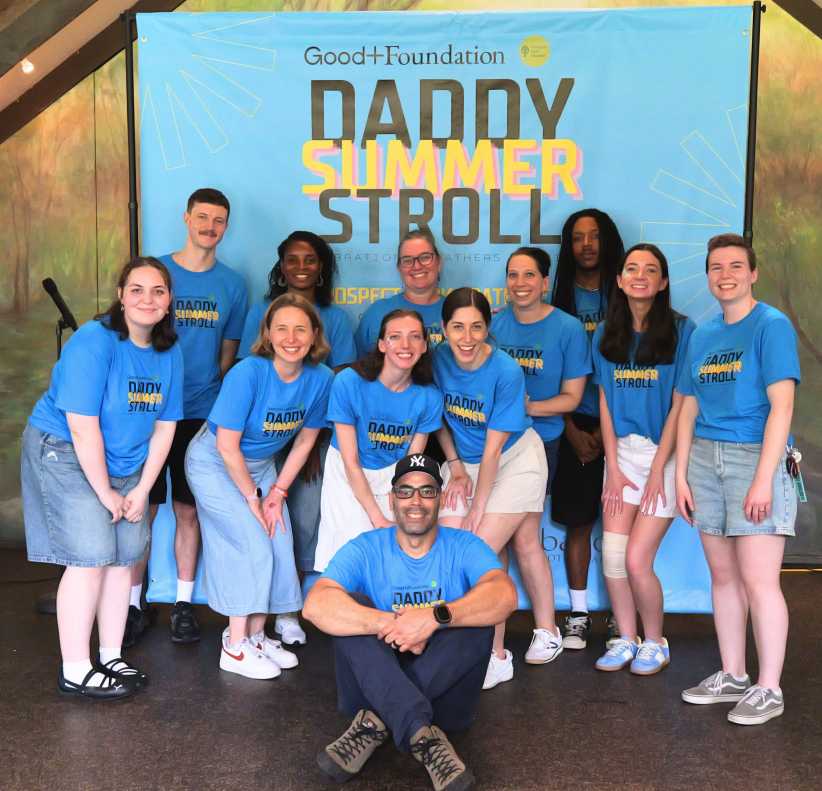The city’s top cop on Oct. 28 apologized to a woman raped in Prospect Park nearly 25 years ago, blasting the officers who doubted her account of the incident at the time, and the prominent New York Daily News writer who accused her of fabricating the crime in columns that used information from someone the woman’s allies allege is senior Police Department official.
“The survivor of the 1994 Prospect Park rape case suffered a terrible ordeal when she was brutally violated,” Police Commissioner James O’Neill wrote in an apology posted on the Police Department’s website, and shared via his personal Twitter account. “And there is zero justification for the additional trauma she endured when her word was doubted by authorities investigating her claim, and a writer for a major New York City daily newspaper, who — citing unnamed NYPD sources — predicted in print that she would soon be arrested for filing a false report.”
And although the Police Department took more than two decades to recognize its fault in the crime’s aftermath, the victim accepted O’Neill’s apology nonetheless.
“I appreciate this straightforward and unequivocal apology from Commissioner O’Neill on behalf of the NYPD,” the woman said in written a statement on Oct. 29. “It represents a significant step forward, and stands in marked and welcome contrast to the current cultural climate where victims are denigrated and doubted.”
The woman, a lesbian who remains anonymous to this day, was attacked at 27-years-old in the park near Lookout Hill, days before she was to speak at a rally opposing anti-LGBTQ violence. Following the incident, Daily News scribe Mike McAlary argued in his columns that she made up the crime to promote the rally, and claimed police were going to arrest her — a position he maintained even after cops said they found semen on her clothing.
In January, cops linked DNA found at the rape scene to a 68-year-old man who is currently serving a 75-years-to-life sentence for 1998 sexual-assault convictions. But the statute of limitations ran out on the April 1994 attack, prohibiting prosecutors from charging the man, who is not eligible for a first parole hearing until 2070.
McAlary, who died in 1998, discredited the victim in no less than three columns, which led her to sue him for libel.
The journalist later admitted in depositions for that suit, which a judge dismissed in 1997, that his columns relied on a single source, the then head of the Police Department’s press office, John Miller — who consistently denied playing such a role other than initially telling reporters to be cautious in writing about the rape case, and now runs the Department’s counterterrorism unit.
Following the revelation of the rapist’s identity, however, Miller sent a written apology to the woman via the attorney who represented her in the libel suit. But the lawyer told our sister publication Gay City News that Miller’s words were far from apologetic.
“We received something from John Miller two weeks ago and I don’t consider it an apology,” attorney Martin Garbus said at the time.
LGBTQ activists pushed for O’Neill to publicly apologize to the woman shortly after police named the rapist, and he agreed to do so in May, according to a former head of the New York City Gay and Lesbian Anti-Violence Project, who was among those demanding an apology.
“After the case was reopened and announced solved in January, a bunch of crime victims organizations got together and asked how can we use this to press forward for long needed reforms,” said Matt Foreman.
The activists also pushed O’Neill to fire Miller, Foreman said, but the top cop stood behind his fellow Boy in Blue.
O’Neill’s apology came weeks after Mayor DeBlasio told NY1 anchor Errol Lewis that sexual-assault victims “will be believed” in New York City — a promise his Police Department cast doubt on earlier this month, when a woman told officers in Williamsburg that she was raped, but the cops, citing dark and grainy surveillance footage, instead claimed she was the victim of an attempted rape.

























